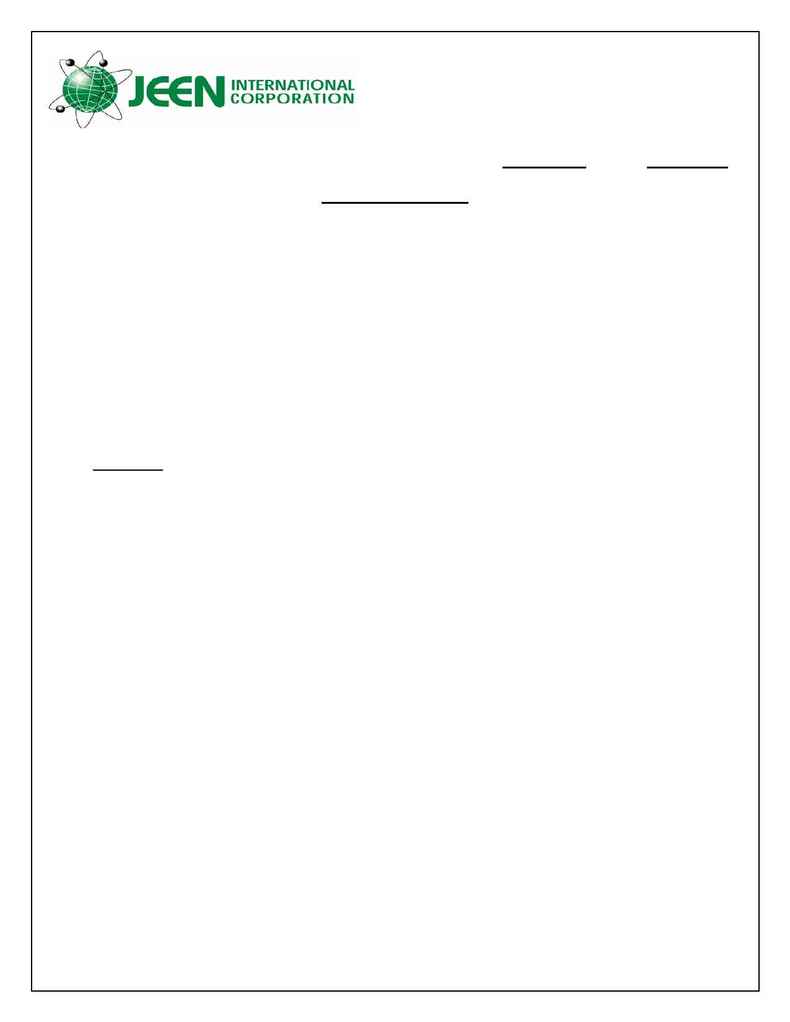
JEEN KOJIC DIPALMITATE
Appearance:
White
Fine
Crystals
Melting
Point:
92
-
96
░C
Residue
on
Ignition:
0.50
Maximum
Water
(%):
2.0
Maximum
Purity
(%)
(HPLC): 98%
Minimum
Solubility:
8 Minimum
CTFA/INCI
Name: Kojic
Dipalmitate
Chemical
Name:
2
palmitoyloxymethyl-5-palmitoyloxy-y-pyrone
Synonym: Kojic
Acid
Dipalmitate
Molecular Formula:
C
38
H
66
O
6
Molecular
Weight: 618.9
Applications:
Skin
Care,
Sun Care, Skin Whitening/Lightening,
Treatment
for
Pigmentary
Disorders
such
as
Age Spots, etc.
Use
Level:
1
-
5%
Stable
at
pH:
3
-
10
Storage Conditions:
Store at room temperature in a cool and dry
place.
Standard Packaging:
0.5 Kg., 1 Kg. And 10 Kg. Container
Commentary:
Kojic Dipalmitate has an excellent property of inhibiting the activity of tyrosinase present in the human skin so as to inhibit the
melanin formation. It is more efficacious than straight Kojic Acid. Kojic Dipalmitate can product excellent effects in even
toning the skin, fighting age spots, pregnancy marks, freckles as well as general skin pigmentation disorders of the face and
body. Unlike Kojic Acid which often causes product stability problems such as color changes, Kojic Dipalmitate offers excellent
productstability without any color instability problems.
Features:
a.)
Skin Lightening:
Kojic Dipalimate offers more efficacious skin lightening effects. Compared with Kojic Acid,
Kojic Dipalmitate markedly enhances the inhibitory effects on tyrosinase activity, which
prohibits the formation of melanin.
b.)
Light and Heat Stability:
Kojic Dipalmitate is light and heat stable, while Kojic Acid tends to oxidize over time.
c.)
pH Stability:
Kojic Dipalmitate is stable within a wide pH range of 3 - 10, which provides flexibility to
formulators.
d.)
Color Stability:
Unlike Kojic Acid, Kojic Dipalmitate does not turn brown or yellow over time for two reason.
First, Kojic Acid is not stable to light and heat, and tends to oxidize, which results in color change (often yellow or
brown). Second, Kojic Acid tends to chelate with metal ions (e.g. iron), which often results in color change. On the
contrary Kojic Dipalmitate is stable to pH, light,heat and oxidation, and does not complex with metal ions, which lead
to
color
stability.
Toxicology Properties:
Dermal Evaluation:(5% in mineral oil):
48 h Human Patch, 33 subjects:
Results: 33/33 completely non-irritating.
Formulation Guidelines:
Kojic Dipalimate is easy to incorporate in all type of formulations. It is oil-soluble, and can be easily
Melted into oil - phase @ 75 - 85░C, followed by immediate emulsification. Unlike Kojic Acid, which
may not be compatible with some organic sunscreens and preservatives due to potential hydrogen
bonding, Kojic Dipalmitate is compatible with virtually all ingredients and is especially
advantageous for use in combination with sunscreens.
You Can Count On Us!
This information is believed to be accurate and is intended for general guidance. It should not be construed as a guarantee of its
suitability for a particular application. JEEN International offers no warranties either expressed or implied, nor is freedom from any
patent owned by JEEN International or either implied: neither is liability accepted for errors or omissions in the information. Typical
properties of products are given for guidance only and do not necessarily represents manufacturing specifications.
24 Madison Road, Fairfield, New Jersey 07004, USA
Tel: 800-771-JEEN (5336), Tel: 973-439-1401, Fax: 973-439-1402,
email: info@jeen.com , Website: www.jeen.com
